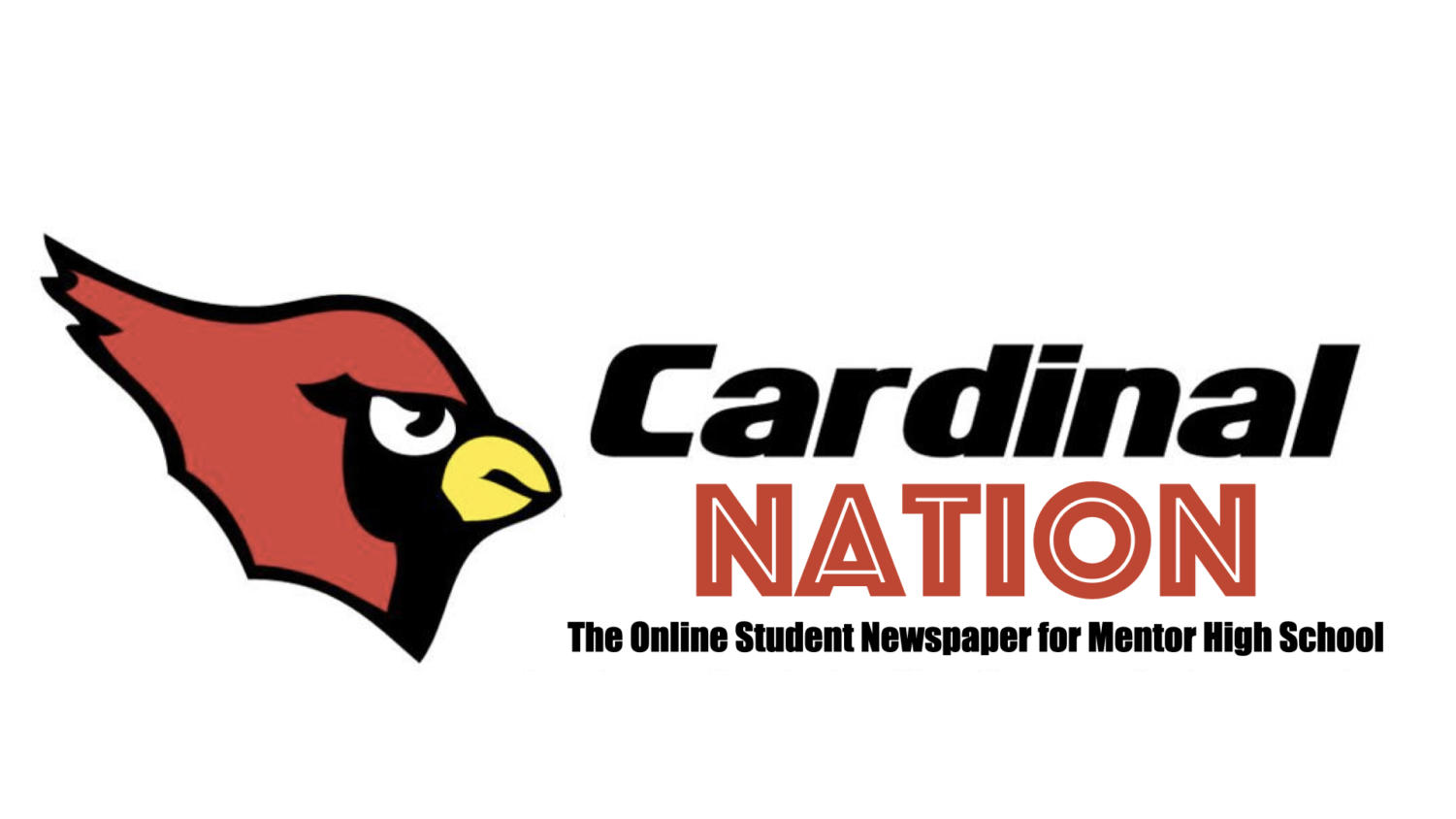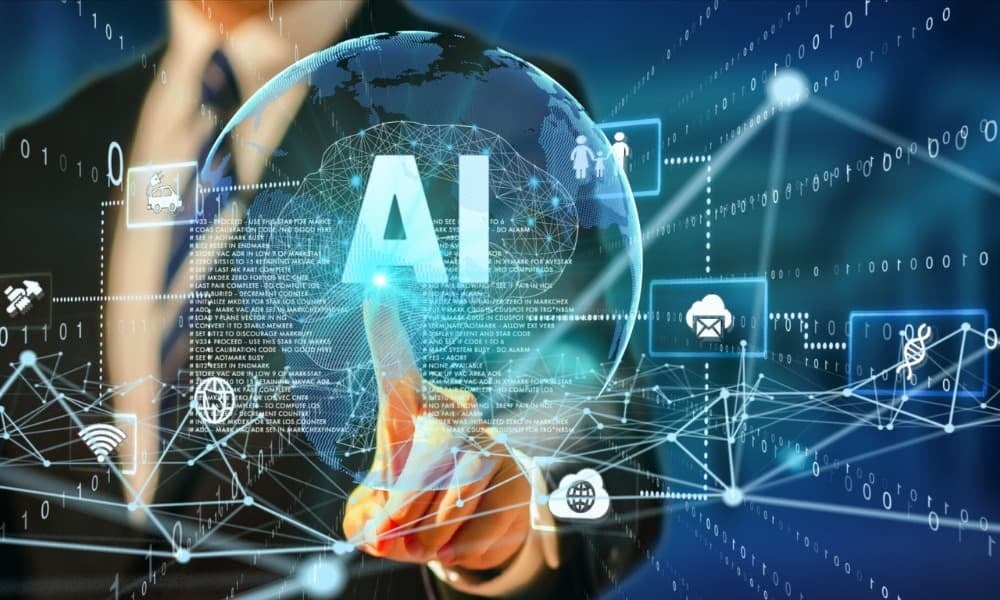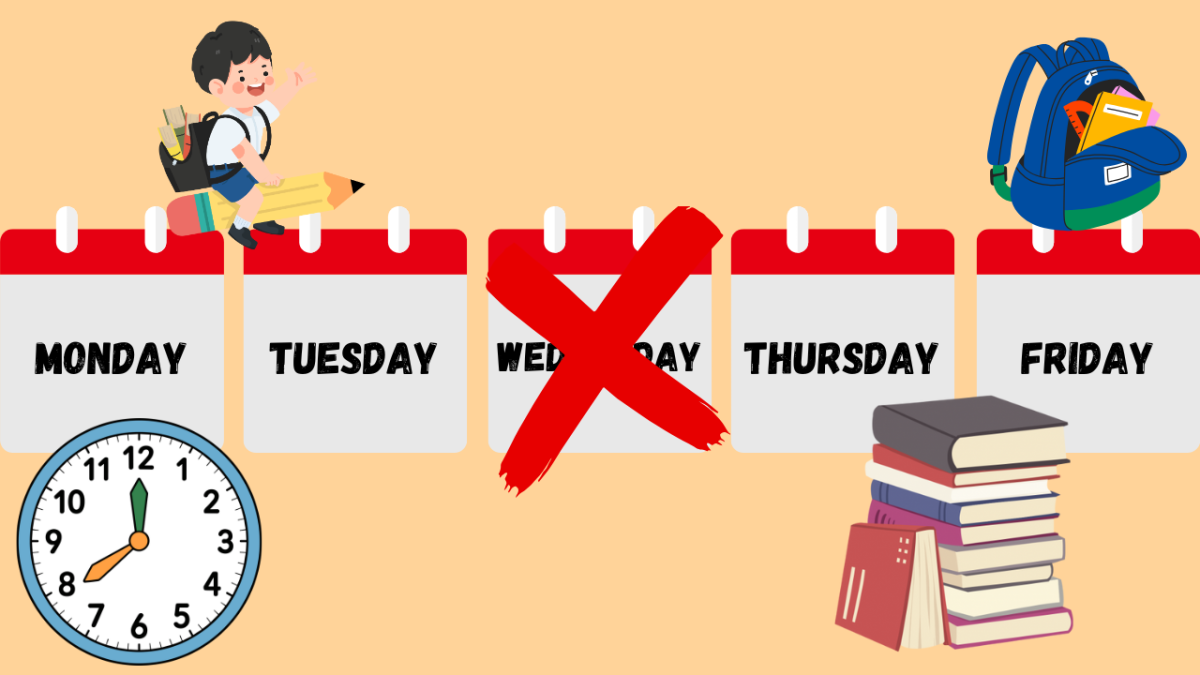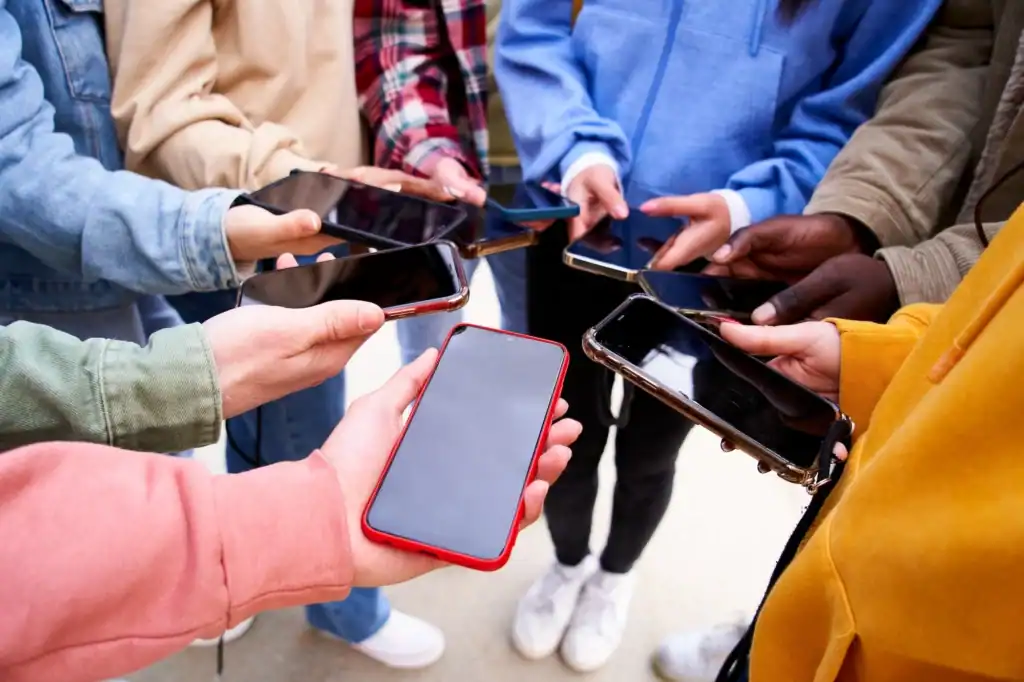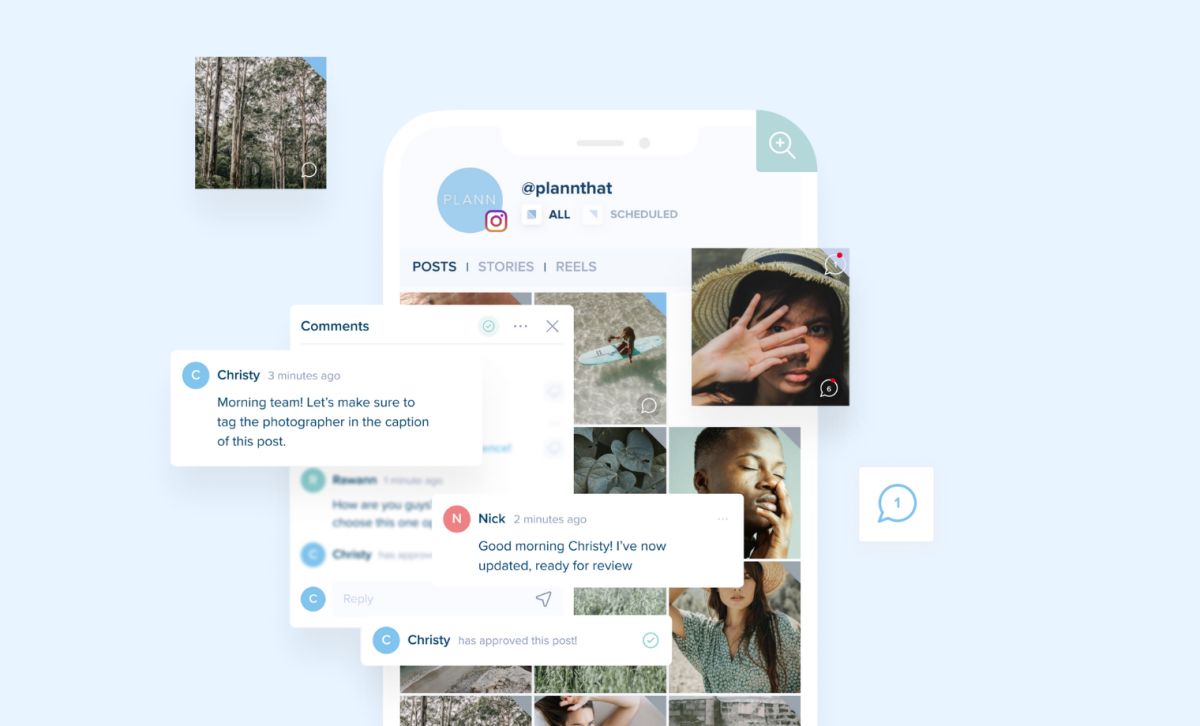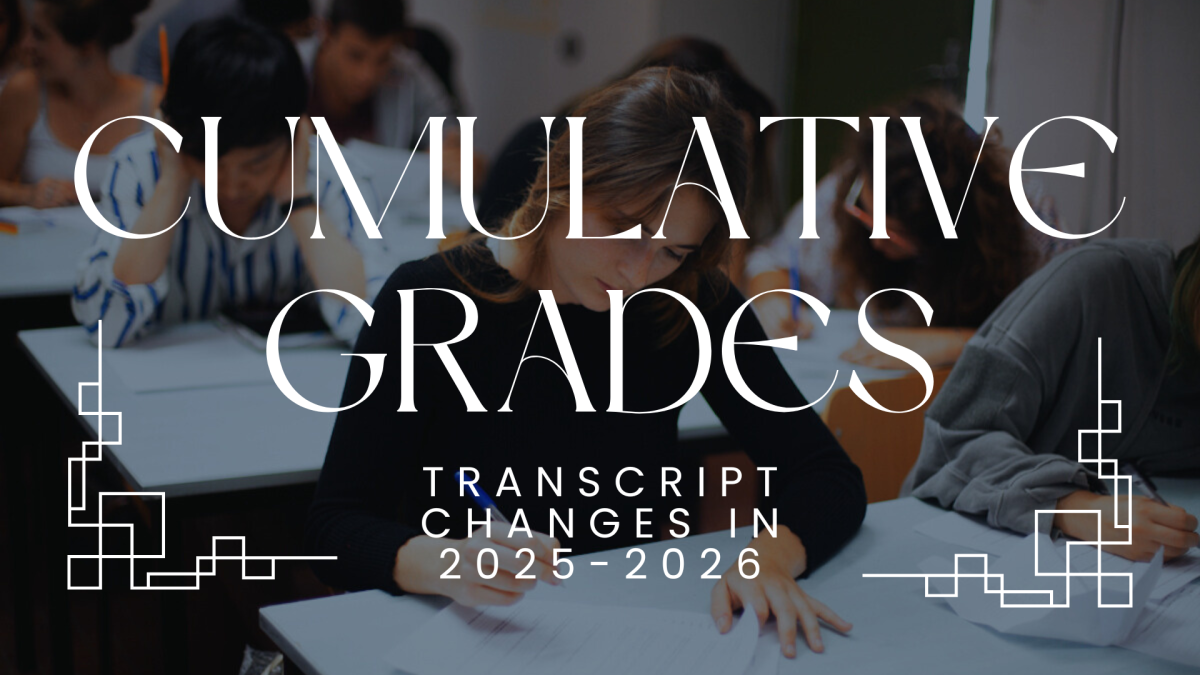Artificial intelligence (AI) is reshaping the world at an astonishing pace. Once confined to science fiction, it is now embedded in daily life – powering search engines, filtering social media feeds, and assisting in healthcare, finance, and transportation. Education, one of the most influential sectors of society, is not exempt from this transformation. Around the globe, schools and universities are beginning to adopt AI technologies to improve teaching and learning. But as classrooms become more connected to this powerful technology, an important debate emerges: Is AI a valuable help to education, or does it risk becoming a hurdle?
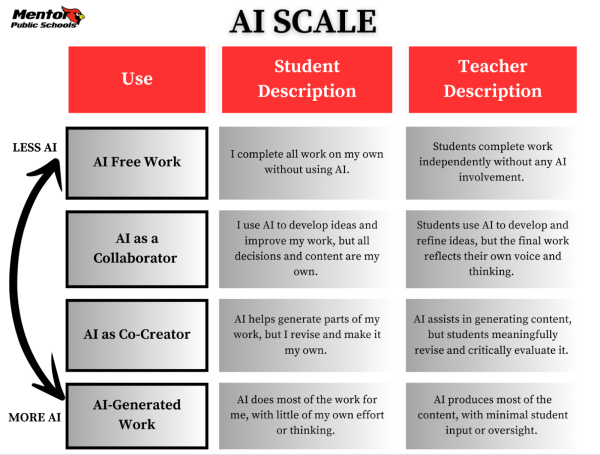
Global Development of AI in Education
The push for AI in education is not happening in isolation. Across the globe, governments, schools, and private companies are investing heavily in integrating artificial intelligence into classrooms, signaling a widespread belief that AI will play a central role in the future of learning. These efforts take many forms, from AI-powered tutoring programs to fully “smart” classrooms, and each country approaches the challenge in ways that reflect its educational priorities and technological capabilities.
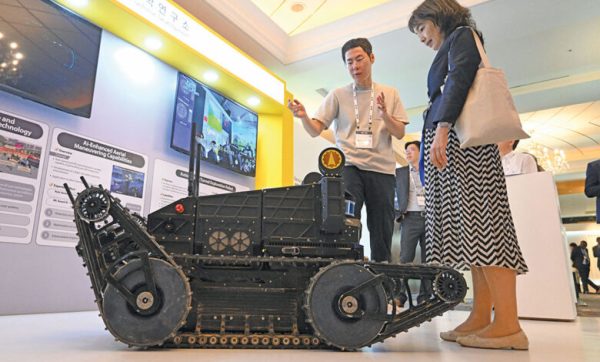
China has emerged as a clear leader in applying AI to education. The Chinese government has poured resources into AI-powered platforms that continuously assess student performance. These systems provide real-time feedback not only to students but also to teachers and parents, allowing educators to identify learning gaps immediately and adjust instruction accordingly. Beyond academics, some AI programs are designed to analyze students’ learning styles, predict potential struggles, and even recommend personalized study plans. This intensive combination reflects China’s broader national strategy to become a global AI leader and to modernize its educational system through technology.
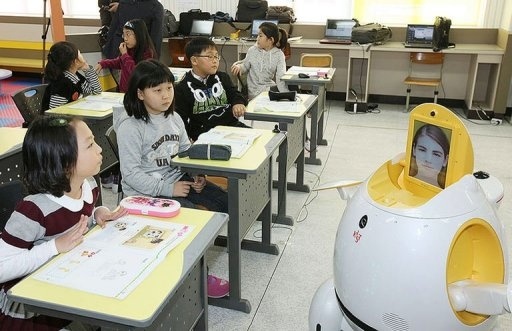
South Korea has taken a slightly different approach, emphasizing the transformation of physical classrooms into “smart classrooms.” AI tools monitor student engagement, track progress, and provide instant reports to educators. These systems allow teachers to identify which students may need extra support, tailor lessons on the fly, and gather data to improve instructional methods over time. The smart classroom model in South Korea illustrates a fusion of AI and pedagogy, showing how technology can enhance both teaching efficiency and learning outcomes.
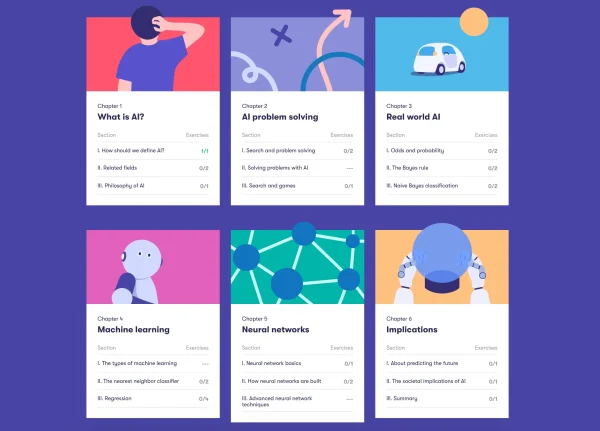
Finland, by contrast, has focused less on surveillance or automated assessment and more on preparing its population for a technology-driven future. The country has introduced nationwide programs that offer free AI courses to both students and adults, emphasizing digital literacy and critical thinking skills. This approach reflects Finland’s educational philosophy, which prioritizes the tools used to adapt to change rather than simply providing immediate academic support. By fostering an understanding of AI itself, Finland aims to empower citizens to engage with technology responsibly and creatively.
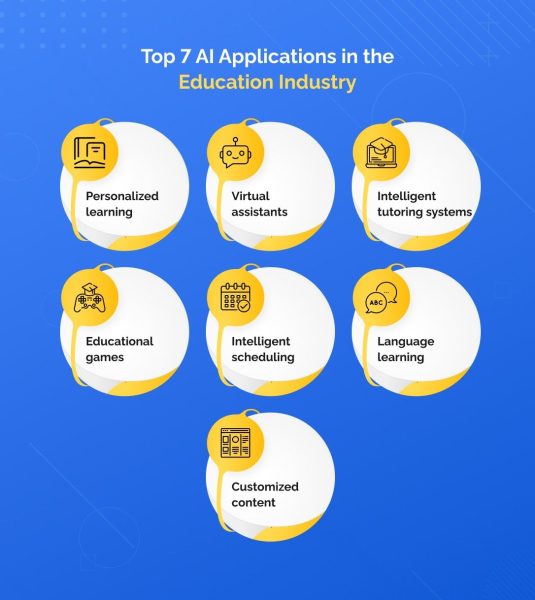
The United States presents a more experimental and decentralized model. Schools and colleges across the country are testing a variety of AI tools, including automated grading systems, adaptive learning apps, and virtual teaching assistants. Some programs provide personalized learning paths for students, while others help teachers manage administrative tasks or analyze large datasets on student performance. The U.S. approach highlights both the flexibility and the complexity of integrating AI into diverse educational settings, where resources and priorities can vary widely between districts and states.
Taken together, these global developments demonstrate that AI in education is not a passing trend but a long-term transformation. While the methods differ, a common theme emerges: AI has the potential to reshape how students learn, how teachers teach, and how educational systems operate on a national scale. The question is no longer whether AI will influence learning, but how societies can adapt in ways that maximize its benefits while addressing ethical, practical, and equity-related challenges.
The Help: Benefits of AI In Schools
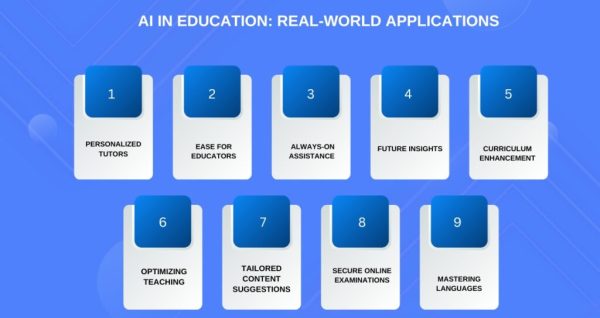
Artificial intelligence has the potential to significantly enhance education by offering benefits that extend to students, teachers, and entire educational systems. One of the most widely recognized advantages of AI is its ability to personalize learning. Traditional classrooms often operate at a pace that can leave some students behind while others are under-challenged. AI-driven platforms, however, analyze a student’s performance in real time, adapting lessons, exercises, and assessments to their individual needs. For example, adaptive learning software can detect areas where a student struggles, offer additional practice problems, or provide alternative explanations that match the learner’s style. This individualized attention increases understanding and retention, allowing students to progress at a pace that suits them rather than a predetermined classroom schedule.
AI also plays a critical role in improving accessibility and inclusion. Students with disabilities can benefit from AI-powered tools such as speech-to-text programs, text-to-speech readers, and predictive typing software, which help remove barriers to participation and learning. Language barriers can also be mitigated through AI-based translation systems, enabling English language learners to access lessons, complete assignments, and engage in discussions alongside their peers. By creating a more equitable classroom environment, AI ensures that students who might otherwise struggle due to disability or language differences have opportunities to succeed.
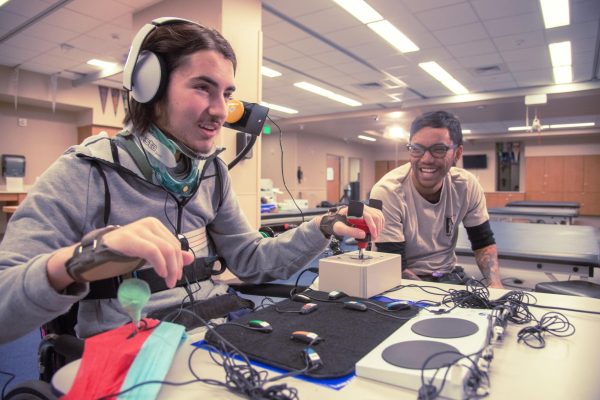
For teachers and administrators, AI provides significant efficiency gains. Grading large volumes of exams, generating study materials, and tracking student progress are tasks that can consume hours of instructional time. AI tools can automate these tasks, providing accurate and timely feedback while freeing educators to focus on planning interactive lessons, mentoring students, and fostering critical thinking. Some AI systems can even analyze classroom data to identify trends-such as which teaching methods are most effective-helping schools make data-informed decisions that improve outcomes across the board.
AI also expands the availability and diversity of educational resources. Through virtual simulations, interactive exercises, and tutoring systems, students can access experiences that would otherwise be impossible or impractical. For instance, AI can simulate historical events, complex scientific experiments, or mathematical problem-solving scenarios, giving students hands-on learning opportunities even in limited-resource environments. In this sense, AI doesn’t just supplement traditional teaching – it opens entirely new ways of exploring and understanding subjects.
Furthermore, AI can assist in preparing students for a technology-driven future. Familiarity with AI systems, machine learning concepts, and data analysis tools equips students with skills that are increasingly necessary in modern workplaces. By integrating AI into learning processes, schools are not only teaching traditional subjects but also cultivating digital literacy, critical thinking, and problem-solving abilities that will serve students long after graduation.
In these ways, AI serves as a powerful ally in education, enhancing learning experiences, providing personalized support, and empowering both students and educators to achieve more. Its ability to adapt to individual needs, improve accessibility, and expand resources positions AI as a transformative tool with the potential to redefine the classroom.
Students Speak Out: The Power and Potential of AI – Part 1
Artificial intelligence is reshaping the way we live, learn, and think. Cardinal Nation sat down with several students to hear their thoughts on how AI is changing education, creativity, and the world around us.
Cardinal Nation: What are some ways you’ve seen AI improve education, healthcare, or daily life?
Caelan Ahlborn: One way I’ve seen AI improving education is by enhancing teachers’ ability to grade assignments easily and accurately. A way in healthcare is through doctors using AI to help diagnose a patient by telling it the symptoms (it is not a trustworthy source to completely diagnose a patient, but it could help with narrowing down what is making them ill). AI improves daily life through people being able to ask a question, and it will give “human” answers that are easier to understand than finding an answer on Google or in a book/text.
Student 1: In education, AI has made learning more interactive. Programs like tutoring chatbots or writing helpers give students instant feedback. In healthcare, it’s been amazing to see how AI helps detect diseases earlier. And in daily life, AI saves time—it can manage schedules, help plan meals, and even recommend healthier habits.
Student 2: In school, AI helps with research and studying—it can summarize complex topics or give examples that make sense. In healthcare, I’ve seen news about AI helping doctors read X-rays faster. And in daily life, it’s used in phones and cars to make things safer and easier.
Student 3: I’ve noticed AI being used for accessibility—like voice recognition or captioning. In education, it helps teachers by tracking student progress. And in daily life, AI makes things convenient, like recommending music or helping with navigation.
Cardinal Nation: How do you think AI can help solve global issues, such as climate change or poverty?
Student 1: AI could help track environmental data to fight climate change and create smarter systems for recycling and energy use. For poverty, maybe it could help match people to job opportunities or provide affordable education through online learning.
Student 2: AI can help solve global issues by making solutions smarter and faster. For climate change, it can predict weather patterns, track carbon emissions, and suggest cleaner energy options for different countries. For poverty, AI can help design programs that give people better access to education, healthcare, and financial support. It’s not about AI replacing human effort—it’s about using technology to make global change more efficient and effective.
Cardinal Nation: What potential do you see for AI to enhance productivity or creativity?
Ahlborn: A potential I see for AI enhancing creativity is that it can get writers’ creative juices flowing and write better. It can give ideas for writers to work off of or artists to create a project.
Student 1: I think AI pushes people to think differently. Instead of replacing creativity, it gives new perspectives. For example, musicians can use it to generate sounds they wouldn’t think of, or designers can use it to experiment with color and style combinations.
Student 3: I think AI can make people more productive by handling repetitive tasks, giving us more time to focus on the creative parts of our work. For creativity, AI can act like a brainstorming partner—it gives ideas you can build on.
Student 4: AI has the potential to save time by doing repetitive or technical tasks, letting people focus on the creative side of things. For example, artists can use AI to experiment with colors or styles, and writers can use it to overcome creative blocks. It’s not about replacing creativity—it’s about helping ideas grow faster.
Cardinal Nation: Do you think AI can help make learning more personalized for students? How?
Ahlborn: I think AI can make learning more personalized for students because it can explain things to them in a way they understand if the teacher/instructor did not explain an idea in a way they could understand.
Student 2: Yes, because AI can adjust to your learning speed. If you’re struggling with math, it gives extra practice or explains it differently. If you’re ahead, it can challenge you more.
Student 4: AI can personalize learning by identifying your strengths and weaknesses. For instance, if you’re great at reading but need help with math, it can recommend specific exercises or videos just for you. It makes learning less “one-size-fits-all.”
Cardinal Nation: How could AI support people with disabilities or special needs?
Ahlborn: Like I said above, if the teacher/instructor did not explain something in a way someone could understand, AI could help with that. It could do the opposite and explain what a person is thinking/saying in a way others can understand.
Student 3: It can do a lot, like generate speech for people who can’t talk, describe what’s happening around someone who’s visually impaired, or help students with learning disabilities stay organized.
Student 5: AI can bridge communication gaps. For example, it can help translate what someone is trying to say into clearer speech or text. It can also adjust classroom materials, making sure every student can learn in a way that works for them.
Cardinal Nation: Do you think AI could lead to job loss or economic inequality? How?
Ahlborn: I think AI could lead to job loss because it could take over people’s jobs, and AI does not need to be paid like people do, and can do the job better.
Student 6: I think AI could lead to job loss because it has the potential to take over people’s jobs entirely. AI doesn’t need to be paid like humans do, and in many cases, it can perform tasks faster and more accurately. That could make some jobs obsolete, especially ones that involve repetitive work, like data entry or basic customer service.
Student 7: I worry about low-income workers the most because AI could replace jobs in industries like retail, manufacturing, or transportation. If these workers aren’t provided with retraining opportunities, economic inequality could worsen, leaving some people behind while others benefit from the technology.
Student 8: I think AI could widen the gap between large companies that can afford advanced AI tools and small businesses that can’t. While big corporations may grow even richer, smaller companies and everyday workers could struggle to keep up, creating a bigger divide in wealth and opportunities.
Cardinal Nation: How do you feel about AI being used in surveillance, policing, or warfare?
Student 6: I’m concerned about AI being used for surveillance or policing because, while it might help catch crimes faster, it also has the potential to be misused. If the technology isn’t closely monitored, it could invade people’s privacy, profile individuals unfairly, or even make biased decisions based on flawed data.
Student 7: I feel nervous about AI in policing or warfare. Machines can make mistakes, and it’s not easy to hold a computer accountable for harm it causes. If AI is used in these areas, we need very strict rules and transparency to prevent abuse or unintended consequences.
Student 8: AI in surveillance worries me because it could track people constantly without their consent. Even if the technology is meant to improve safety, there’s a fine line between security and infringing on personal freedoms, and I think society needs to be careful.
Student 9: AI in warfare could be extremely dangerous. While it might reduce human error, giving machines control over life-or-death decisions could make conflicts more deadly and unpredictable. I think humans need to stay in charge when it comes to war.
Cardinal Nation: Do you think people might become too dependent on AI? Why or why not?
Ahlborn: I do believe people will become dependent on AI because it’s a fast and easy way to get answers or inspiration, or to do your job for you.
Student 6: Dependence on AI is possible, especially if people begin using it for everything, even tasks they could do themselves. While AI is helpful, we need to make sure we don’t lose the ability to think and make decisions on our own. Balance is key.
Student 7: AI can also be a teaching tool, helping people learn how to do things better. Dependence isn’t necessarily bad if it encourages growth, but relying on it blindly could be dangerous because people might lose important skills or forget how to approach problems without it.
Student 8: People might rely on AI so much that critical thinking could decline. If AI answers every question or does every task, we risk becoming too comfortable and not challenging ourselves to solve problems independently.
Student 9: AI is convenient, but moderation is important. Using AI as a tool to assist with work or learning is fine, but letting it completely replace human effort or decision-making could lead to long-term problems.
Cardinal Nation: How do you feel about AI generating art, music, or writing replacing creativity?
Ahlborn: I feel that AI should not be creating art or music because it takes from others and is not original, because, although it is “Artificial Intelligence”, it cannot create things on its own.
Student 6: AI can be a tool to inspire creativity, but it should never replace human artists. Music, stories, and visual art come from personal experience and emotion—things AI can’t genuinely feel or understand.
Student 7: AI-generated art can be interesting, but it mostly remixes what humans have already done. True creativity comes from human imagination, life experiences, and emotion, which machines can’t replicate.
Student 8: I see AI as more of a collaborator than a replacement. It can suggest ideas or drafts, which humans can refine and make meaningful. The human touch is what gives art its depth, and AI alone can’t capture that.
Student 9: I’m worried that AI-generated art might overshadow human artists. Companies could rely on AI for quick content, undervaluing original creativity. While AI can help brainstorm, I think real art comes from human effort and emotion.
The Hurdle: Challenges and Risks of AI in Schools
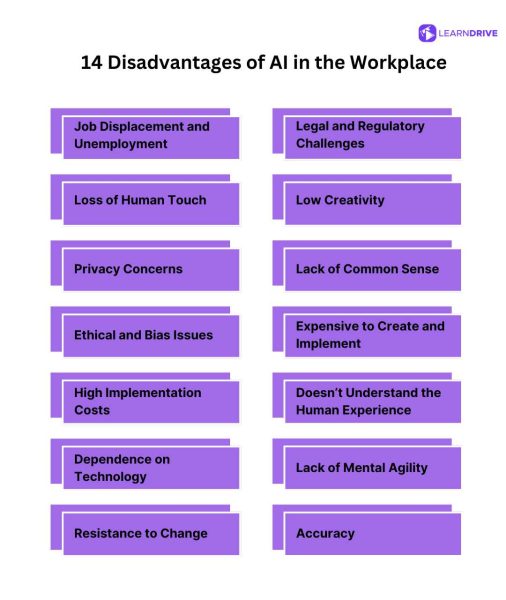
Despite its many benefits, AI in education also presents significant challenges that cannot be overlooked. One of the most pressing concerns is the potential for overreliance on technology. While AI can provide guidance, explanations, and feedback, there is a risk that students may become dependent on it to complete assignments or solve problems, rather than developing their own understanding. This reliance can weaken essential skills such as critical thinking, creativity, and independent problem-solving. In other words, if students treat AI as a replacement for active learning rather than as a supportive tool, the very purpose of education may be undermined.
Another challenge is equity and access. AI requires reliable internet connections, digital devices, and sometimes costly software subscriptions. Not all schools or students have access to these resources, and the digital divide could deepen existing inequalities in education. Wealthier districts may implement AI-powered tools widely, while under-resourced schools may struggle to provide even basic digital support. This uneven distribution risks creating a gap in educational outcomes, where students with access to AI gain significant advantages over those without.
Accuracy and reliability are additional concerns. AI systems are not infallible-they can provide incorrect answers, misleading explanations, or outdated information. Moreover, some AI algorithms have been shown to carry biases that can affect recommendations and outputs, potentially reinforcing stereotypes or marginalizing certain groups of students. Unlike human teachers, AI cannot always explain the reasoning behind its answers or adapt its guidance based on nuance and context, leaving students to interpret potentially flawed information on their own.
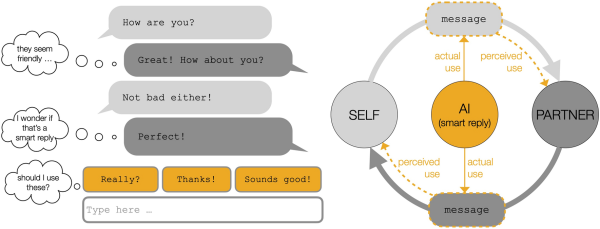
Ethical and privacy concerns also pose challenges for AI integration in schools. Many AI systems collect extensive data on students, including academic performance, engagement, and even behavioral measures. Questions arise regarding who controls this data, how it is stored, and whether it could be misused. Without robust safeguards, there is a risk that sensitive student information could be exposed or exploited, creating ethical and legal dilemmas for educational institutions.
Finally, there is the question of impact on creativity and human interaction. Education is not solely about acquiring knowledge – it is also about collaboration, communication, and social development. Over-reliance on AI could reduce opportunities for students to engage in meaningful discussions, collaborative projects, and creative problem-solving exercises. The human element of teaching – the mentorship, encouragement, and adaptability of a teacher – is difficult to replicate through technology. If classrooms become dominated by AI-driven instruction, students may miss out on these critical aspects of holistic education.
In sum, while AI offers substantial advantages, it also introduces risks that require careful consideration. Its misuse or overuse could hinder learning, inequality, compromise accuracy, raise ethical concerns, and reduce essential human interaction. Addressing these challenges is vital to ensure that AI strengthens rather than undermines the educational experience.
